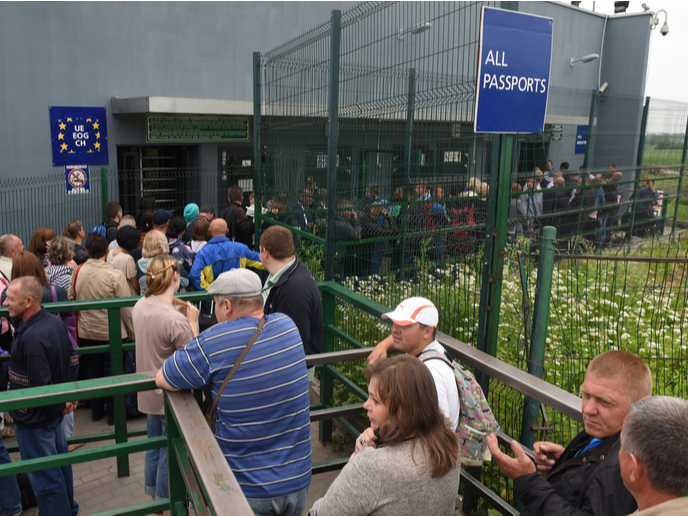New approach enables fast and secure crossing of EU borders
Today’s reality is that EU Member States face challenges in managing cross-border movement and in fulfilling their obligations under the Schengen Borders Code(opens in new window), especially when dealing with third countries’ nationals. Border authorities and staff need to check the authenticity and validity of travellers’ passports, travel documents and conditions of their intended stay. This may include an entry (known as an alert) in the Schengen Information System(opens in new window), such as about lost identity documents. Increased mobility of people and goods has intensified these challenges. Thus, continuous upgrades (or even replacement) of the existing identification, verification and cross-border management systems are required.
Travel plans submitted in advance
The EU-funded SMILE(opens in new window) project designed, implemented and evaluated a prototype toolset to facilitate faster and more secure border crossings, targeting EU land borders. “We aim to introduce the use of mobile equipment for biometric verification for the border authorities and move away from the fixed positions currently used, making checks faster and more convenient,” states project coordinator Dr. Dimitrios Tzovaras. Project partners also introduced preregistration, a similar concept to the check-in process used in air travels, whereby the travellers use the SMILE application prior to their journey to submit information regarding their trip. “This may include border crossing point, date and time of crossing, personal information and biometrics, as well as the means of transportation (car, bus, etc.) and anyone accompanying them, such as family members, friends and co workers,” explains Dr. Tzovaras. This approach ensures that border authorities have all the necessary information in advance, enabling them to run any checks off-line. By the time the travellers arrive at the border, they only need to make one final identity verification before quickly completing their crossing.
Queueing time reduced
SMILE can also be used by the authorities to manage their resources at the border crossing points more efficiently. Since they have information on the number of travellers expected at different times, they can adjust the work shifts of their personnel accordingly. Moreover, the SMILE system can notify the preregistered individuals in case a lot of travellers are expected during the timeslot that they have identified as their arrival time and suggest a different time when it is less busy. “We believe that when SMILE becomes fully functional it will completely change the way citizens travel across borders,” Dr. Tzovaras notes. “The current situation of long queues will become a thing of the past, as waiting times are significantly reduced while having the same, and even higher, level of security, keeping all personal data secured and private. Although SMILE focuses on land borders, the solution can be applied to air and sea borders, thus making SMILE a truly holistic solution.” The main beneficiaries of SMILE include border authorities, who will receive new tools that will enable them to perform their duties more efficiently, and travellers, for whom waiting times will be significantly reduced. “In addition, SMILE will benefit EU society, as it will enhance border security, making it more difficult for persons with malicious intentions to cross into the EU,” points out Dr. Tzovaras.





